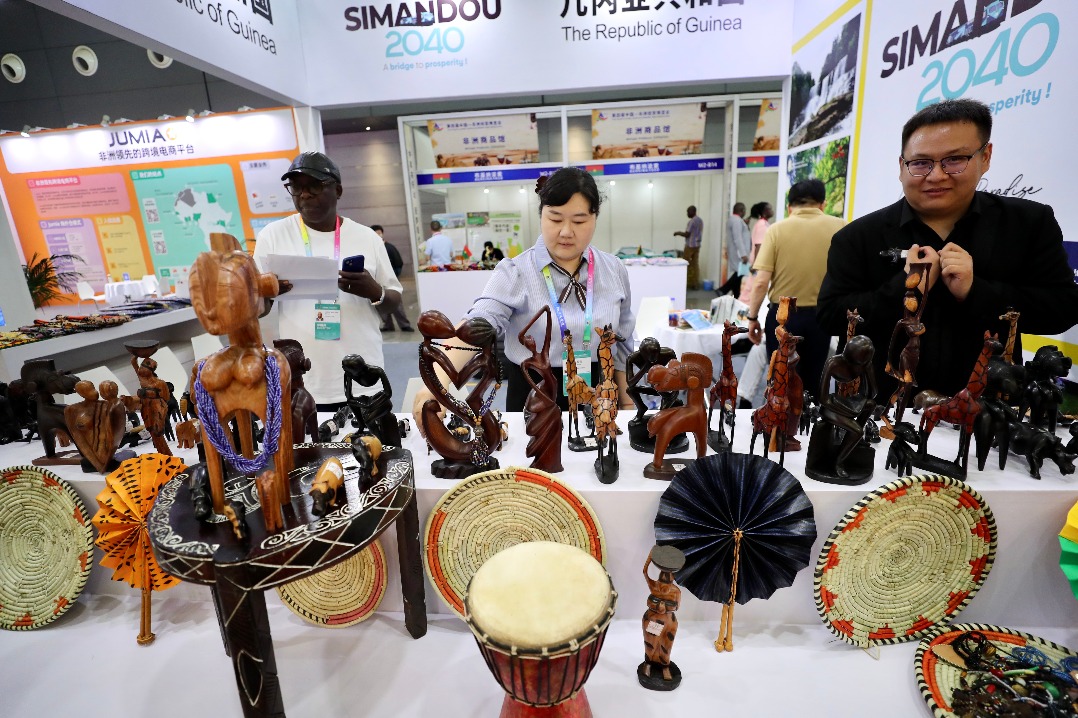GM drives in China toward vision free of emissions, congestion


US manufacturer says future belongs to electrified, smart vehicles
General Motors Co envisions a world free of emissions, crashes and congestion with its electric vehicles, autonomous driving and V2X technology. In its largest market of China, the US automaker said it is charging ahead on the path toward that vision, starting with its electrification efforts.
By the end of August, its new energy vehicles in the country had logged more than 100 million electric kilometers. Three months earlier, it was 75 million electric km.
Industry insiders said these figures set GM apart from other manufacturers in China, who would prefer to say how many of these vehicles were sold.
Matt Tsien, GM's executive vice-president and president of GM China, said that is because the company is more concerned about whether people are driving those new energy vehicles.
"If somebody purchases a vehicle but never uses it, it doesn't really drive the ride benefits," Tsien said. "But we see electrification as a benefit to society, so what we would like to see is not so much customers buying the vehicles but using them."
In China, GM announced a plan earlier this year to deliver 10 new energy vehicle models by 2020, under its global Buick, Chevrolet and Cadillac brands as well as its local Baojun marque. From 2020 to 2023, another 10 models will be introduced into the lineup as well.
"We are committed to an all-electric future, and I believe this is a manifestation of what we are doing to drive towards our future," Tsien added. He admitted that the transition would take time, because the internal combustion engine has been around for a long time.
"Our philosophy is really to offer a wide range of options for the customers to pick," Tsien said. He added that it was not necessarily "the more the better" in terms of the number of vehicles, as the automotive industry was underpinned by scale.
"Frankly, I would rather have fewer models but higher volumes per model, than having a lot of models but not enough volume to support the scale."
GM also plans to introduce its autonomous driving technology in China, currently being developed and tested in the United States.
A leader in the technology, the company is developing a two-path solution, Tsien said.
The evolutionary one is the driver-assist system, like the Super Cruise system that it launched last fall, while the revolutionary path is fully autonomous cars without steering wheels, which GM is planning to commercialize starting from 2019.
Tsien said the carmaker will introduce its technology into China, albeit without a timetable, as both GM and China are passionate about the technology.
China expects cars with some autonomous functions to account for 50 percent of new vehicles sold in the country by 2020, according to a government blueprint released in January.
"Autonomous vehicles ultimately will be the future worldwide," Tsien said.
"We certainly would like to see and participate in the healthy development of autonomous driving in China, and we would like to take some of our experiences and inputs, being able to share them," he added.
GM is one of the first carmakers in China to develop the V2X technology. Together with Tsinghua University and Changan Automotive, it helped compile the country's first standard designed for the application layer, which was released in 2017.
The standard provides a framework that is independent of basic communication protocols, enabling different automakers to develop interoperable V2X applications for data interaction.
Next month, GM and several other carmakers will conduct a V2X demonstration with the standard released last year.
The company said it is a significant milestone in driving the deployment of the technology at scale in the country.
Last year the company demonstrated its vehicle-to-infrastructure capabilities on public roads, showing the vehicle was able to receive real-time data from traffic lights and thus help drivers better control their driving speed while cutting congestion.
"That kind of technology could enable and augment autonomous driving applications, and make autonomous driving technologies and capabilities even safer and possibly less costly," Tsien added.




































